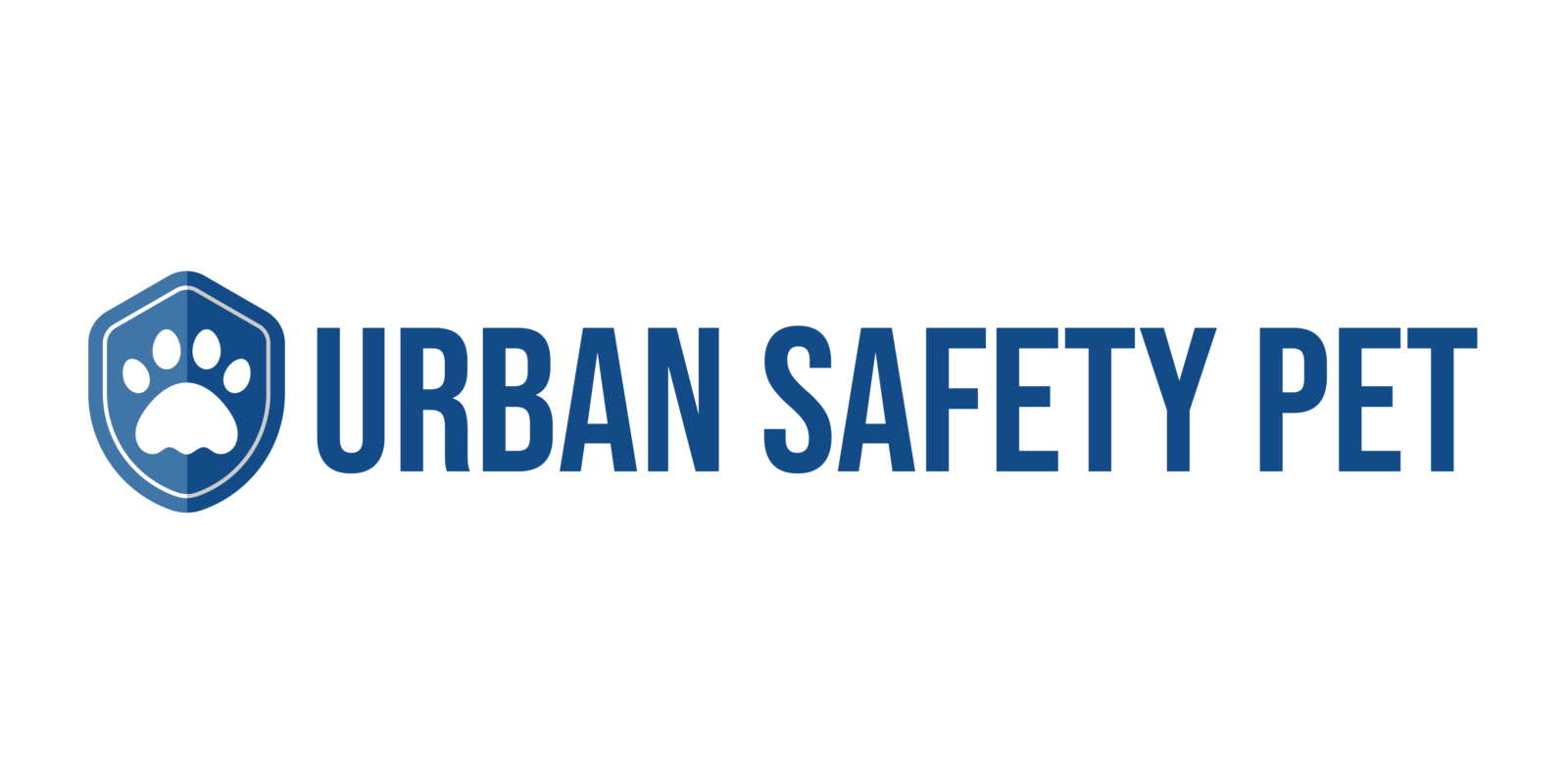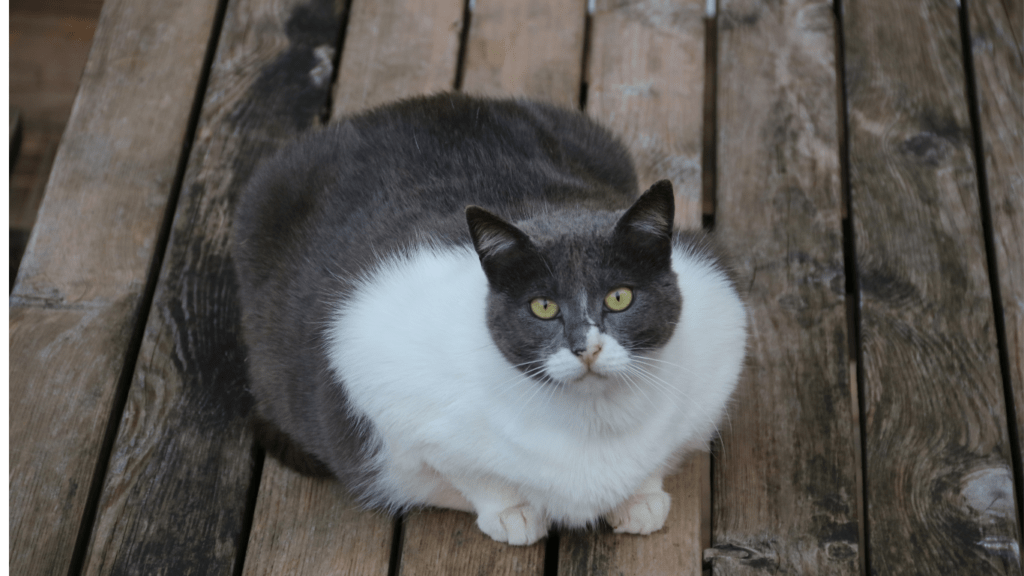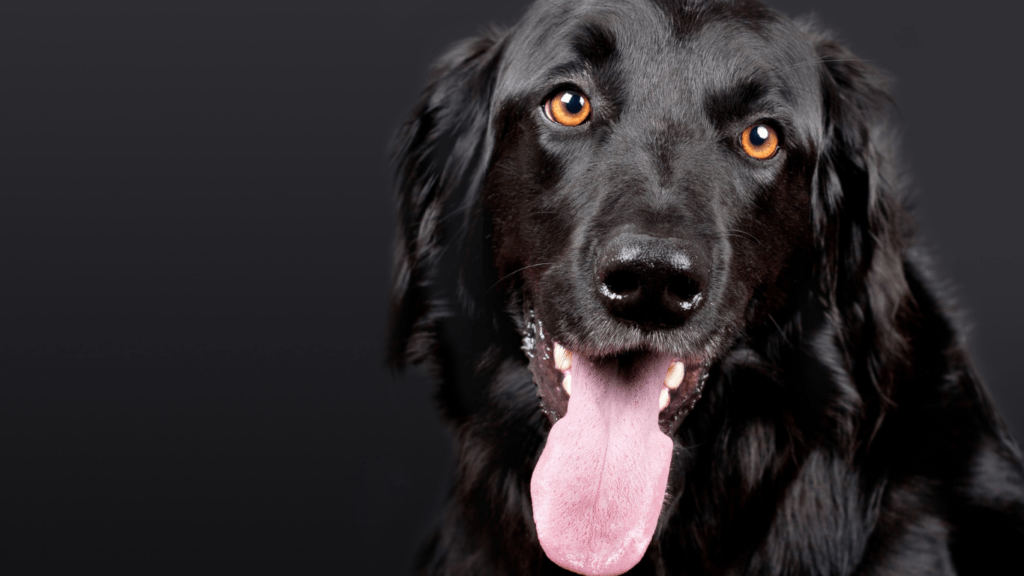Understanding Pet Obesity
Pet obesity is a growing concern that affects millions of pets worldwide. It contributes to various health issues, including diabetes, heart disease, and arthritis. According to the Association for Pet Obesity Prevention, over 55% of dogs and 60% of cats in the US are overweight or obese. Recognizing the signs and understanding the causes of obesity can help owners take proactive measures.
Signs of Pet Obesity
Noticing early signs of obesity helps in prompt intervention. Look for:
- Visible weight gain: Cats and dogs show a pudgy appearance.
- Difficulty in movement: Increased effort in walking or climbing stairs.
- Excessive panting: More frequent even without heavy exercise.
- Increased lethargy: Reduced interest in physical activities.
Causes of Pet Obesity
Several factors contribute to this condition:
- Overfeeding: Providing too much food or high-calorie treats.
- Lack of exercise: Pets leading sedentary lifestyles gain weight easily.
- Health conditions: Hypothyroidism and Cushing’s disease lead to weight gain.
- Age: Older pets have slower metabolisms, increasing the risk of obesity.
Health Risks of Obesity
Obesity significantly impacts a pet’s overall health. Common risks include:
- Diabetes: Excess weight affects insulin regulation.
- Heart disease: Increased weight strains the cardiovascular system.
- Arthritis: Additional weight puts pressure on joints, causing pain.
- Shortened lifespan: Studies show obese pets live shorter lives.
Understanding these aspects of pet obesity encourages vigilant monitoring and proactive management.
Recognizing the Signs of Overweight Pets

Identifying when your pet is overweight is crucial for their health. Physical and behavioral signs can help you determine if your pet needs weight management.
Physical Signs
Extra weight on a pet shows in several noticeable ways. Excess fat may create a lack of a clear waistline. When you touch your pet’s sides, ribs should be easily felt, but not visible. A bulging or pendulous abdomen also indicates extra weight. Difficulty grooming, due to restricted movement, may result in matted fur, especially in long-haired pets.
Behavioral Indicators
Behavioral changes often accompany weight gain. Reduced energy or reluctance to exercise indicates potential weight issues. Overweight pets may pant excessively after minimal exertion. Behavioral shifts like increased irritability can suggest discomfort linked to extra weight. If your pet begs frequently or displays insatiable hunger, it may be consuming more calories than burning off, leading to weight gain.
Creating a Balanced Diet Plan
A balanced diet plan is crucial for managing your pet’s weight effectively. It ensures they receive the right nutrients in appropriate amounts.
Nutritional Requirements
Pets need a diet tailored to their species, age, size, and health condition. Dogs and cats, for example, require different nutrient profiles. Protein is essential for muscle maintenance, while carbohydrates provide energy. Fats are crucial for skin health, and vitamins and minerals support overall well-being. Consulting a veterinarian can help determine the specific dietary needs of your pet.
Homemade vs. Commercial Pet Food
Choosing between homemade and commercial pet food depends on various factors. Homemade pet food allows for complete control over ingredients, ensuring freshness and avoiding additives. However, it requires thorough research to ensure a balanced nutritional profile.
In contrast, commercial pet food, especially high-quality brands, is formulated to meet the dietary standards set by organizations like AAFCO (Association of American Feed Control Officials). It’s convenient and nutritionally complete. Reading ingredient labels can help you choose the best commercial option for your pet’s needs.
Exercise and Activity Tips
Exercise is vital for maintaining your pet’s healthy weight. Consistent physical activities can prevent obesity while improving overall well-being.
Daily Exercise Routines
Daily exercise should fit your pet’s breed, age, and health conditions. Ensure dogs get at least 30-60 minutes of exercise daily, including walks and playtime. Cats benefit from short bursts of activity, like chasing toys or climbing. Aim for at least 15 minutes of interactive play twice a day for them. Monitor your pet for signs of exhaustion to avoid overexertion.
Engaging Activities and Toys
Varied activities keep pets engaged and maintain interest. For dogs, fetch, tug-of-war, and agility exercises are excellent. Puzzle toys can stimulate their minds and bodies. Cats enjoy laser pointers, feather wands, and interactive toys. Rotating toys weekly can prevent boredom and maintain engagement. Ensure activities align with your pet’s physical capabilities and preferences.
Monitoring Progress and Adjusting Plans
Monitoring your pet’s weight management progress requires consistent assessment and fine-tuning. It ensures your pet stays healthy and active.
Regular Check-ups
Regular vet check-ups are essential. A veterinarian can identify potential health issues that may affect weight. Schedule these appointments every 6 months. This frequency provides an opportunity to assess weight and any health changes.
Diagnostic tests may be necessary if your pet shows signs of health deterioration. The vet might recommend blood tests, X-rays, or ultrasounds, depending on symptoms. Consult with the vet about your pet’s activity level and dietary needs during each visit.
Tracking Weight and Adjusting Diet
Track your pet’s weight weekly. Use a digital scale for accuracy. Keep a log to note any changes. Adjust your pet’s diet based on weight changes. If there’s weight gain, reduce calorie intake by 10%.
If there’s weight loss beyond expected, consult the vet for potential health issues. Adjust portion sizes gradually to avoid digestive problems. Monitor your pet’s behavior and energy levels as they can indicate if dietary adjustments are appropriate.
Regular exercise remains key. Complement dietary changes by maintaining or modifying activity routines based on your pet’s response. Use dog activity trackers or apps for detailed monitoring.
For cats, monitor their engagement with toys and physical activities. Continual adjustment ensures your pet maintains a healthy weight and avoids obesity-related health problems.
Common Mistakes to Avoid
Managing a pet’s weight involves avoiding common pitfalls. Recognizing and steering clear of these mistakes is crucial for your pet’s health.
Overfeeding
Overfeeding leads directly to weight gain. Many pet owners unintentionally overfeed by not measuring portions accurately or giving too many treats. Use a digital scale to measure food portions properly.
Avoid free-feeding, as it lets your pet eat whenever they want without limits. Stick to the feeding guidelines provided by your vet, adjusting portions as recommended based on activity level and weight goals.
Lack of Consistency
Lack of consistency disrupts your pet’s weight management plan. Inconsistent feeding times or switching between different diets confuses your pet’s metabolism. Establish regular feeding times and stick to them.
Maintain a consistent diet—frequent changes can upset your pet’s digestive system and impact weight management. Regular exercise is essential, so create a schedule and follow it daily. Consistency helps keep your pet’s metabolism stable and supports long-term weight maintenance.
Expert Tips and Resources
Managing a pet’s weight involves proven strategies and reliable resources. Here are expert tips to help your pet stay healthy.
Consulting a Veterinarian
Consulting a veterinarian provides personalized advice. Vets assess a pet’s overall health, determine ideal weight, and recommend nutrition plans. I always start with a vet visit to identify possible underlying health issues influencing weight. Vets also offer advice on safe exercise routines appropriate for a pet’s age and breed.
Utilizing Pet Weight Management Tools
Using weight management tools keeps track of progress. Digital scales, pet fitness trackers, and calorie calculators give accurate data. I recommend using these tools to monitor daily activity and caloric intake.
Maintaining a log of weight changes helps in adjusting diet and exercise. Some mobile apps also offer reminders for feeding times and exercise schedules, enhancing consistency in weight management efforts.




